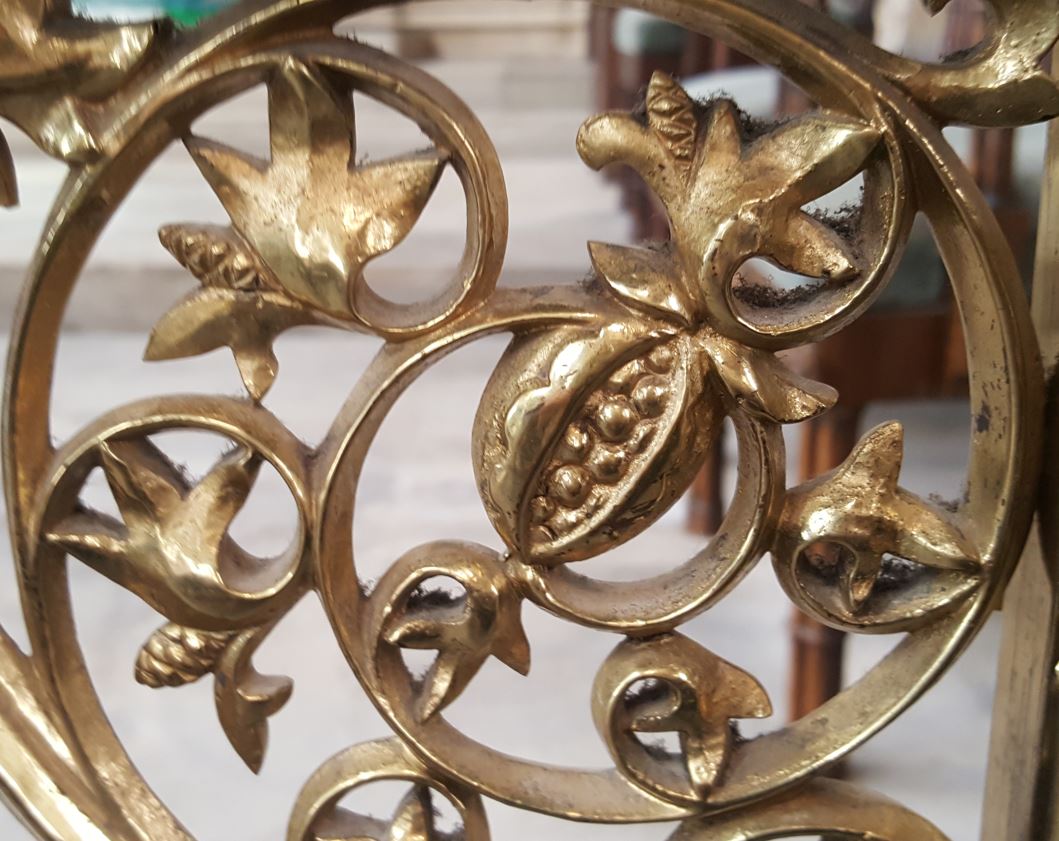
Monday 21st March 18.00-19.30 via Zoom
Contributors: Ben Van Praag, Renée Jacobs, Simbah Pilé, Georges Felix, Christina Horvath, Richard White
How is this workshop for: The workshop is free and open to anyone interested in plants, creativity, botany and colonial legacies in Bath and beyond. Please register on Eventbrite.
For millennia, humans relied on plants food, shelter, clothing, transport and medicine. Staples like wheat, rice, pea, lentil, potato, quinoa, yams, maize, or squash were instrumental to the shift from foraging to farming; pepper, garlic, onion, chilli, nutmeg, cloves, vanilla, or saffron have enlivened our diets. Citrus, coca, aloe, chincona, poppy, among many other plants, have been used for healing and pleasure. Cedar, oak, yew, flax, hemp, cotton, bamboo and mahogany were instrumental to technological development and economic power; tea, coffee, sugar cane, chocolate, tobacco, indigo and rubber participated in the colonial uprooting and transplantation of plants and generated enormous profit at the cost of great suffering. Other specimens like lotus, rose, pomegranate, or frankincense were revered as sacred plants in various cultures.
While all these plants have participated in the development of human cultures, their exploration, cultivation, representation, identification, displacement, and engineering have also been strategically important in global struggles among nations for land and resources. It is well-known today that modern science, in particular botany, both facilitated and profited from colonialism and long-distance trade, contributing to Europe’s enormous commercial and territorial expansion. Through the large-scale displacement and exploitation of plants, colonialism has not only established lasting hierarchies between regions and continents. By objectifying specimens, it also wiped them clean of their original cultural complexities, to be included effortlessly into European herbaria, botanical gardens and classificatory systems. Its exclusive focus on rentability has resulted in loss of local knowledges, the devaluation of entire populations as knowledge producers, deforestation, climate change and the decline of biodiversity around the world.
This workshop uses creativity as a tool to explore botanical encounters between cultures. Focusing on the city of Bath, home to Georgian pleasure gardens and museum collections displaying art objects and artefacts representing Old and New World plants, it proposes to reflect on how colonial legacies have impacted on the ways in which we look at, think about and represent plants. How much do we know about exogeneous plants which arrived in our parks and gardens as trophies to display status, wealth and power? How much of the original cultural meanings and indigenous knowledge systems developed around them can still be recovered and rehabilitated? To what extent botanical art, in particular scientific botanical illustrations developed to help the herbalists to identify plants and understand their uses, still informs the style and format in which we represent plants today? It is no coincidence that botanical art has reached the peak of its sophistication at the time of colonial empire building, between 1750 and 1850. By engaging with European botanical representations and challenging them through comparison with other traditions of representing plants, participants of this workshop will not only produce creative responses but also reflect on Bath’s colonial history, untold narratives of colonial exploitation in search of profit and power and the enduring legacies of colonial hierarchies of plants and peoples.
Bibliography
Helen & William Bynum. 2014. Remarkable plants that shaped our world, London: Thames and Hudson.
Martyn Rix. 2012. The golden age of botanical art. London: Andre Deutsch Books.
Londa Sciebinger and Claudia Swan. 2005. Colonial Botany. Science, Commerce and Politics in the Early Modern World. University of Pennsylvania Press.
